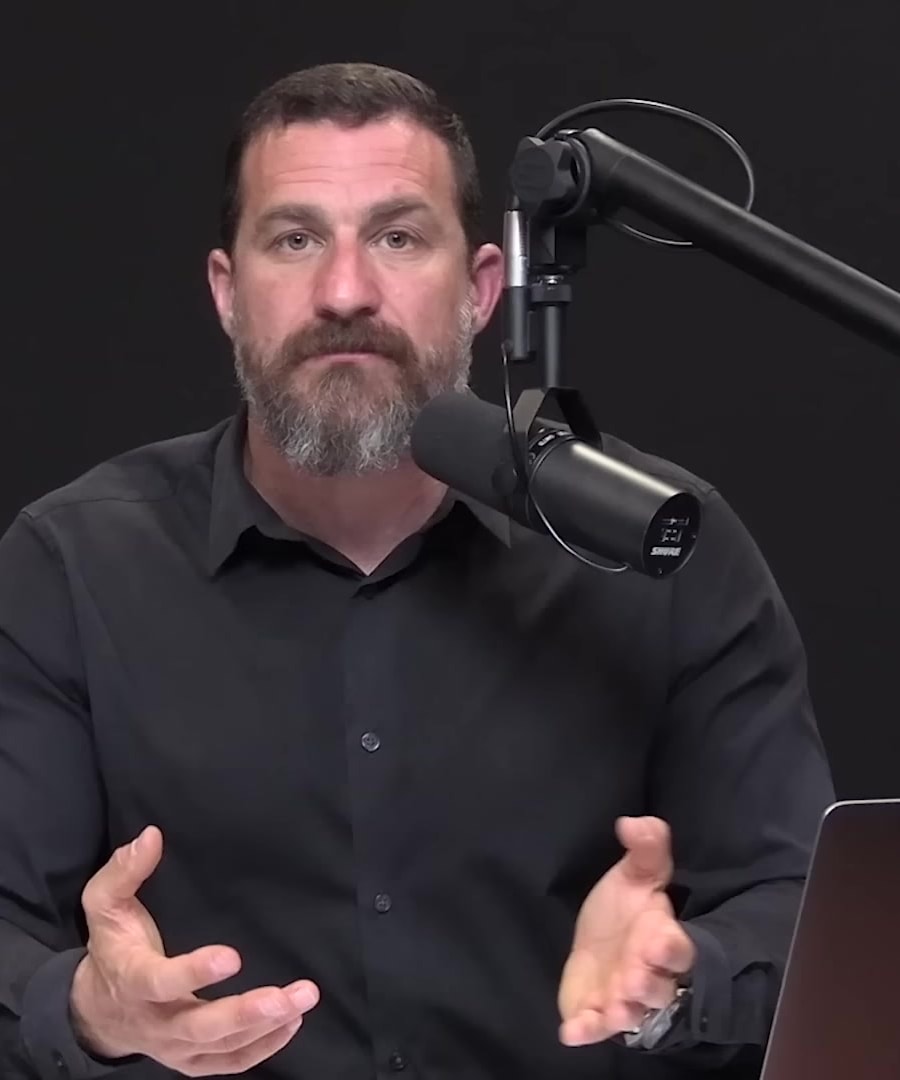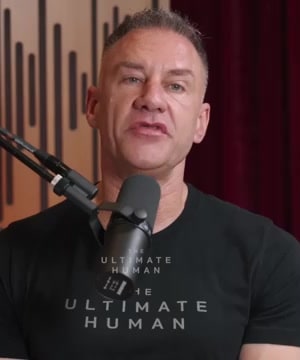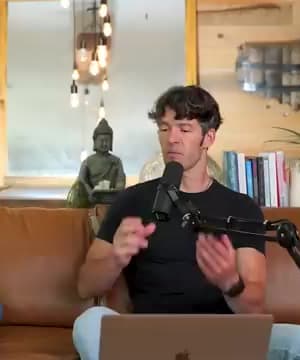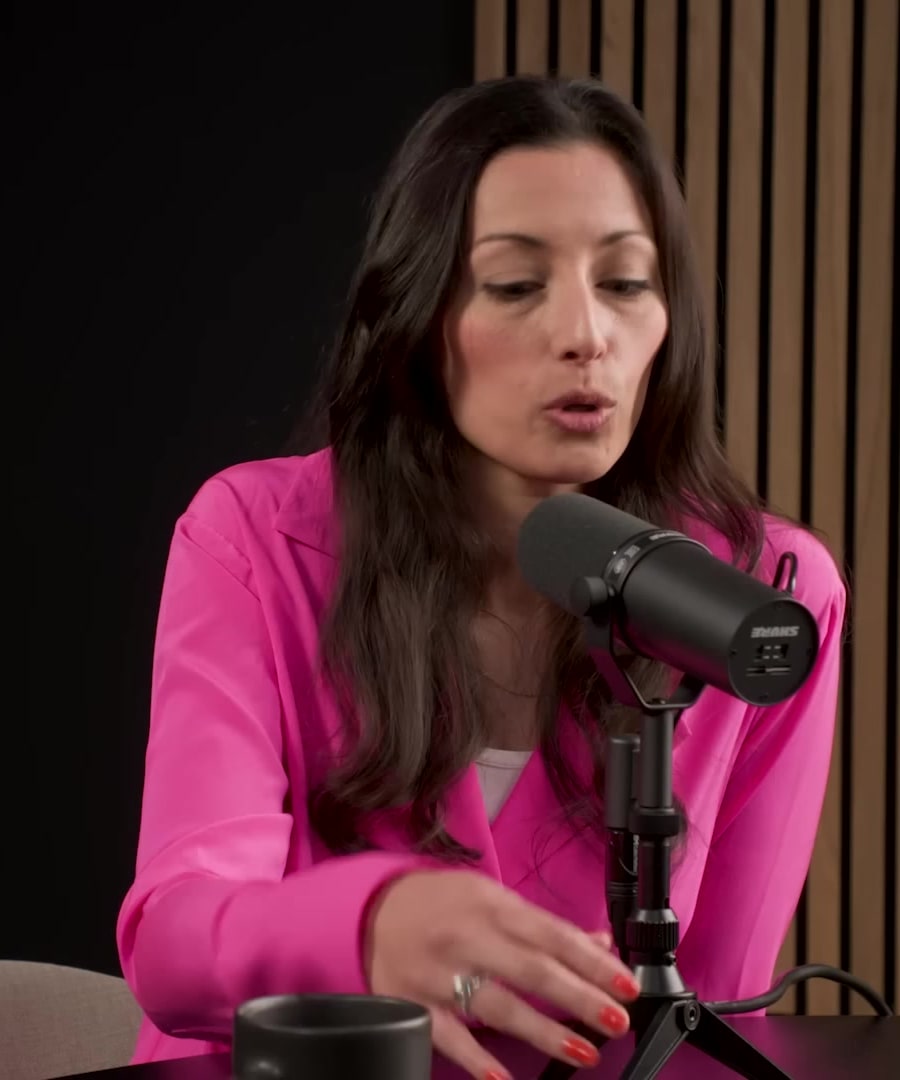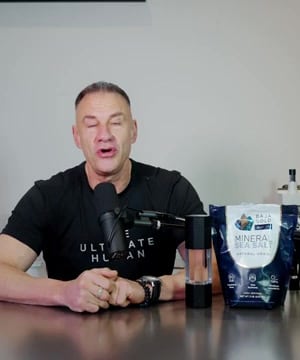When is the optimal time in the day to do a cold plunge?
Sources:
The optimal time for doing a cold plunge can vary based on individual preferences and goals. Here are key insights from trusted experts:
-
Morning Cold Plunge:
- Andrew Huberman recommends cold exposure in the morning to increase dopamine levels and promote alertness and mood elevation throughout the day. He emphasizes that this should be done before exercise and not after strength or hypertrophy training as it might suppress the training adaptations 1.
- Gary Brecka also supports morning cold plunges, particularly to support good physiological function and to avoid interrupting natural post-exercise recovery processes 2.
-
Afternoon Cold Plunge:
- Mike Mutzel notes that cold plunges can be used to combat afternoon fatigue and reduce the need for stimulants like caffeine, which can interfere with sleep if consumed later in the day 3.
-
Evening Cold Plunge:
- Tom Seager mentions that for some people, a cold plunge before bed can help lower core body temperature and improve sleep. He emphasizes that the optimal time can be different based on personal preference and how one's body responds to cold exposure 4.
In summary, while morning plunges are generally recommended for boosting daytime alertness and mood, cold plunges in the afternoon or evening may work better for others, particularly if aiming to improve sleep. Ultimately, it's essential to listen to one's body and experiment with different times to find what works best for individual needs.
RELATED QUESTIONS-
Is it bad to cold plunge too close to bed because of cortisol?
Sources:
Cold plunging too close to bedtime can indeed impact sleep due to its effects on cortisol and other stress hormones. Here are some expert insights:
-
Susanna Søberg mentions that cold water immersion activates the sympathetic nervous system, increasing stress hormones like cortisol, norepinephrine, and adrenaline. This activation can provide energy and focus, possibly causing difficulty sleeping if done too late. For energy, she recommends cold plunging earlier in the day or before training sessions, comparing its effect to "four cups of coffee" 1.
-
Paul Saladino advises against over-stressing the body with cold plunges, as it can elevate stress hormone levels. Maintaining a low cortisol to DHEA ratio is crucial for overall health, suggesting that excessive or inappropriately timed stress can be detrimental 2.
-
Thomas DeLauer finds that cold plunging in the morning leads to an additional cortisol spike, which isn't necessary for those who already have high morning cortisol levels. Instead, he shifted his routine to cold plunging a few hours before bed, noting improved sleep quality 3.
-
Gary Brecka supports the idea of cold plunging before bed for improving sleep quality. He explains that it lowers core body temperature, which is beneficial for sleep as the body needs to cool down before entering deep sleep cycles. Brecka's own experience with nighttime cold plunging resulted in excellent sleep scores and high recovery rates 4 5.
In conclusion, while there's potential for improved sleep by lowering core body temperature, the timing is critical. Cold plunging too close to bed might disrupt sleep for some individuals due to the associated cortisol spike. It's recommended to experiment with timing to see what works best for your body.
RELATED QUESTIONS-
How cold is too cold for a cold plunge?
Sources:
When determining how cold is too cold for a cold plunge, experts recommend starting with a more moderate temperature and gradually adjusting to find what works best for you. Here are some insights:
-
Gary Brecka suggests that the optimal temperature for a cold plunge is between 48 to 50 degrees Fahrenheit. He recommends a duration of three to six minutes, emphasizing that colder isn't necessarily better. This range is ideal for achieving benefits like cold shock proteins activation and brown fat activation 1 2.
-
Ryan Duey advises against jumping into extremely cold temperatures initially, such as 39 degrees Fahrenheit. Instead, he recommends starting at higher temperatures like 60-65 degrees Fahrenheit, easing your body into the practice. This gradual approach helps build resilience without overwhelming the nervous system 3.
-
Dr. Jay Wiles notes that even water temperatures around 60-65 degrees Fahrenheit can provide significant benefits. As you adapt, you can reduce the temperature and duration progressively 4. He also mentions extreme cold plunges, like 33 degrees Fahrenheit, should be limited to short durations (about three to five minutes) and practiced cautiously 4.
-
Paul Saladino shares an example of going into a cold plunge at 36 degrees Fahrenheit for ten minutes, which resulted in muscle soreness and skin discomfort, indicating it was too extreme for that duration. He now limits his sessions to two to three minutes for safety 5.
To sum up, starting at moderate temperatures (60-65 degrees Fahrenheit) and gradually lowering is a safer and more effective approach. It's essential to find a balance that challenges you without causing extreme discomfort or potential harm.
RELATED QUESTIONS-
